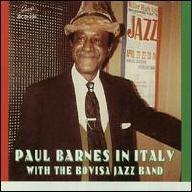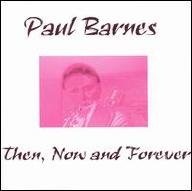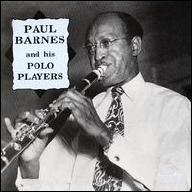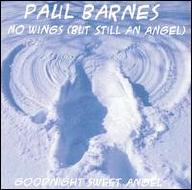After experiences with drummer Chick Webb, the band of Edgar Dowell, and the pleasantly spicy combo of Ginger Young, Barnes began touring and recording with Jelly Roll Morton, a move that padded his discography decades later, if not his wallet at the time. He was often featured on the soprano sax in the Morton band. Barnes was back with Oliver again in the early '30s, then came back to New Orleans where he formed his own combo and began touring the state. The off-and-on-again relationship with Oliver continued; Barnes had rebounded to that band once again in early 1934 after stints with Richard M. Jones, Vincent Lopresto, and the B. Morris Orchestra. He spent most of the second part of this decade back on his home ground of New Orleans, associating with groups led by Steve Lewis, Chester Zardis, and the fine trumpeter Elmer Talbert.
Barnes also began a regular playing relationship with Kid Howard, which continued through 1941. The following year, he started three years of service in the Navy, after which he rejoined Papa Celestin and his group until 1951. At that point he relocated to the west coast where, for some five years, his horns stayed mostly in their padded cases. Alton Purnell's All Stars lured him back into service in 1958, and Barnes also played with other trad jazz outfits such as the Paul Barbarin band. He also proved that he was still fit enough to do parade work with the Eureka Brass Band, but had to go back to New Orleans to do it. Barnes didn't stay, however, chugging back to the west coast. It was the early '60s, he was in his early sixties, but the opportunity was sill there to join the Young Men of New Orleans, whom he stayed with until 1964. At that point, Barnes finally went back to New Orleans for good, becoming established there with a variety of local players at familiar venues such as Preservation Hall. In 1973 , Barnes was on a European tour featuring New Orleans jazz veterans, and retired soon thereafter. He is the brother of clarinetist Emile Barnes, but is not related to the clarinetist Walter Barnes. While Paul Polo Barnes did write music, his most common composer's credit came about as the result of the decision to attach his name to the gospel standard Down by the Riverside, as interpreted by New Orleans bands, of course. ~ Eugene Chadbourne, Rovi
















